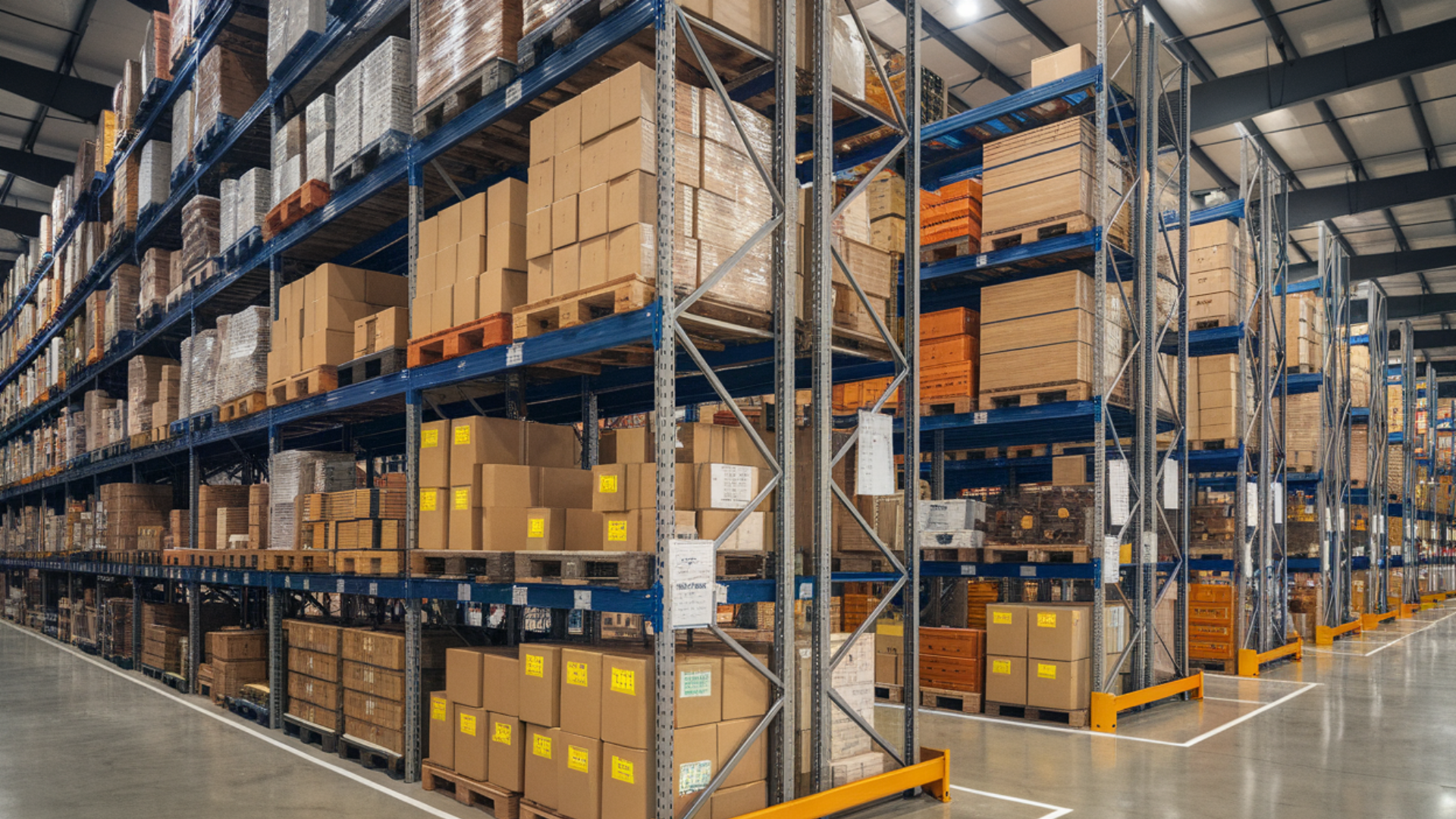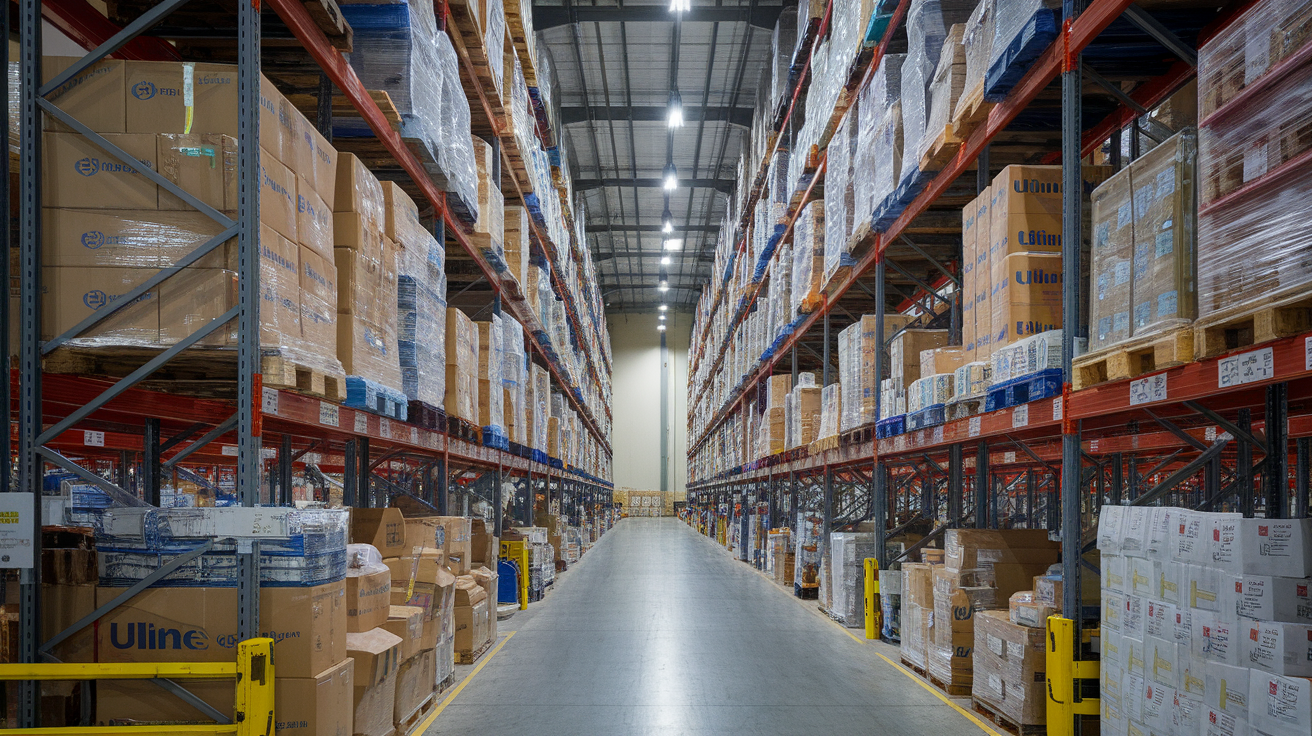When I first came across the term bonded warehouse, I had no idea what it really meant. Over time, I realized it’s actually an important part of global trade, and it helps both businesses and customers in big ways.
A bonded warehouse is basically a secure storage place where imported goods can be kept without paying taxes or duties right away.
That makes it easier for companies to manage their cash flow and decide when to release or even re-export their products.
In this blog, I’ll break down the bonded warehouse meaning, how it works, the different types, and why it’s useful.
Understanding the Bonded Warehouse Meaning

A bonded warehouse is a secure storage facility that’s approved by customs. It’s mainly used to hold imported goods until taxes or duties are paid.
Businesses don’t have to pay charges right away, which gives them more time to plan, sell, or even re-export items.
Some bonded warehouses also allow light handling, like labeling or repacking, under customs supervision.
This system makes international trade smoother, saves money in the short term, and gives companies more control over how they move their goods.
How a Bonded Warehouse Works
A bonded warehouse follows a step-by-step process under strict customs rules.
1. Step-by-Step Process
When goods arrive from another country, they are moved into a bonded warehouse instead of going straight to the market.
Customs officials record the shipment, and the items stay in storage without duties or taxes being paid.
The business can then decide when to release the goods, sell them, or even re-export them. Duties are only charged once the goods officially leave the warehouse.
2. Manipulation Inside
Goods inside a bonded warehouse can be handled in limited ways. This might include repacking, labeling, sorting, or preparing products for sale.
Every activity must be approved and supervised by customs. These steps help businesses get their products market-ready while still holding off on paying taxes.
3. Storage Duration
One of the biggest advantages of a bonded warehouse is the length of storage time.
In many countries, goods can remain for years – often up to five in the U.S. This allows companies to store large shipments, wait for better demand, or plan around tariffs and costs.
It’s flexible and designed to support long-term trade needs.
Types of Bonded Warehouses
I’ve learned that not all bonded warehouses are the same, and each type serves a specific purpose. Below are the main ones you should know:
1. Public vs. Private
Public bonded warehouses are open to any importer who needs storage, making them flexible and widely used.
Private bonded warehouses, on the other hand, are owned or leased by a single company. They’re only used for that company’s goods, giving them more control but less availability to others.
Both types are under customs supervision, but the choice depends on the scale and needs of the business.
2. Specialized Warehouses
Some bonded warehouses are designed for specific products.
For example, “wet” bonded warehouses are used for goods like alcohol or tobacco that carry excise duties. “Dry” bonded warehouses store general products that don’t need special permits for excise.
This separation makes sure sensitive items are handled properly and under the right regulations.
3. Bonded Logistics Parks
In some countries, there are bonded logistics parks, which are large zones made up of multiple bonded warehouses.
These operate like extended duty-free areas, often located near ports or airports. Businesses use them to centralize storage, light processing, and distribution on a larger scale.
They’re especially useful in regions with high import and export activity.
Comparison of Bonded Warehouse Types
Not all bonded warehouses work the same way. Here’s a quick comparison of the main types and what makes each one unique:
| Type | Who Can Use It | Main Purpose | Examples of Goods | Key Advantage |
|---|---|---|---|---|
| Public Bonded Warehouse | Open to any importer | General storage for multiple businesses | Mixed goods | Flexible and widely available |
| Private Bonded Warehouse | Owned/leased by one company | Exclusive storage for that company’s goods | Company-specific imports | More control, tailored to one business |
| Specialized Warehouse | Importers with specific product types | Storage for goods with special regulations | Alcohol, tobacco (wet); general items (dry) | Meets strict handling requirements |
| Bonded Logistics Park | Multiple businesses within a trade zone | Large-scale storage, light processing, and distribution | Wide range of imports | Centralized operations near ports/airports |
By knowing the differences, businesses can pick the bonded warehouse type that best matches their cargo, budget, and long-term trade needs.
Benefits of Using a Bonded Warehouse

I often ask myself why businesses would choose a bonded warehouse over regular storage. The answer lies in the practical benefits it offers.
- Duty Deferral: Taxes and duties don’t have to be paid until the goods leave the warehouse, which helps businesses manage cash flow more effectively.
- Inventory Flexibility: Companies can store products for longer periods, wait for demand, and release items when the timing feels right.
- Safe & Secure Storage: Bonded warehouses are approved by customs, offering strict security and sometimes climate-controlled options.
- Processing Options: Limited handling, like repacking or labeling, can be done inside, making products market-ready without extra delays.
- Trade Efficiency: Businesses gain more control over global shipments, avoiding unnecessary costs and keeping supply chains smooth.
That’s why bonded warehouses are such a smart choice for importers and exporters looking for flexibility, safety, and financial breathing room.
Bonded Warehouse vs. Non-Bonded Warehouses: Key Differences
I think it’s easier to understand bonded warehouses when we compare them to regular, non-bonded warehouses.
| Feature | Bonded Warehouse | Non-Bonded Warehouse |
|---|---|---|
| Duties & Taxes | Paid only when goods leave the warehouse | Must be paid immediately upon import |
| Customs Control | Operates under strict customs supervision | No customs presence inside |
| Storage Duration | Often up to 5 years (varies by country) | Limited by business contract, not customs |
| Processing Allowed | Limited tasks like labeling, repacking, or sorting under approval | More freedom for handling, but duties are already paid |
| Cost Structure | May cost more due to customs compliance, but offers cash flow benefits | Usually lower costs, but less financial flexibility |
| Best For | Businesses needing duty deferral, secure long-term storage, or global flexibility | Local storage or goods already cleared through customs |
Looking at these differences, it’s clear that bonded warehouses work best for international trade, while non-bonded warehouses suit domestic or already cleared goods.
How to Choose the Right Bonded Warehouse
Choosing the right bonded warehouse can make a big difference in how smoothly your goods move through the supply chain.
- Location & Access: Pick a warehouse near ports, airports, or major trade routes for faster and cheaper distribution.
- Security & Compliance: Make sure the facility is licensed by customs, properly monitored, and meets safety standards.
- Technology & Tracking: Look for warehouses with modern inventory systems that make it easier to monitor goods in real time.
- Special Services: Some bonded warehouses offer cold storage, hazardous material handling, or specialized packaging services.
- Reputation & Reliability: A trusted provider with good reviews and proven experience is always safer to work with.
I’ve found that focusing on these points helps businesses choose a bonded warehouse that fits their needs and avoids future problems.
Conclusion
Understanding the bonded warehouse meaning is important for anyone involved in global trade. These warehouses provide secure storage, delay taxes, and give businesses the flexibility to plan shipments more effectively.
They’re not just about holding goods; they give companies financial and logistical control through duty deferral, safe storage, and smoother global operations.
I’ve found that learning how bonded warehouses work helps businesses make smarter supply chain decisions. As trade grows, they’ll remain essential for keeping goods moving securely across borders.
For more practical guides on shipping, logistics, and trade essentials, explore my other blogs to find strategies that simplify global operations.















